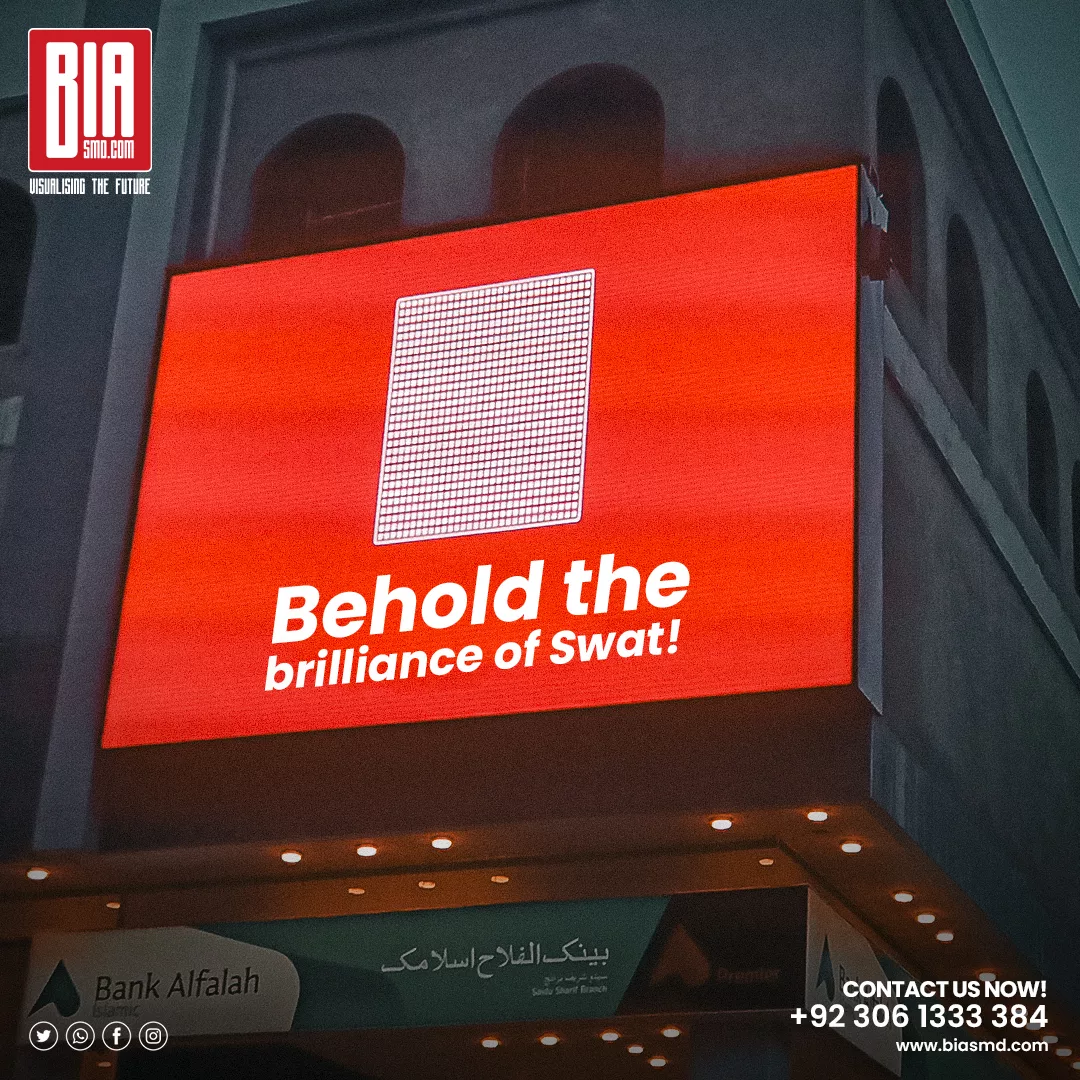What is a Video Wall?
In today’s visually driven world, the quest for larger-than-life displays has led to the rise of video walls. But what exactly is a video wall, and why is it gaining so much attention? Let’s delve into the world of video walls to explore its features, benefits, and applications, and answer some frequently asked questions.

Captivating Visual Experiences
Imagine walking into a venue and being greeted by a massive, seamless display that captivates your attention with its stunning clarity and dynamic content. That’s the magic of a video wall. A video wall is a large visual display consisting of multiple screens tiled together to form a single, cohesive image or video. These walls can be composed of LED, LCD, or projection screens, offering an immersive viewing experience that traditional displays can’t match.
The Technology Behind Video Walls
So, what makes video walls stand out from regular displays? The answer lies in their technology and versatility. Here’s a closer look at the components and functionality of video walls:
- Screens: The primary building blocks of a video wall are the screens. These can be LCD panels, LED tiles, or projection cubes. Each type has its own advantages:
- LCD Panels: Known for their high resolution and vibrant colors, LCD panels are a popular choice for indoor video walls.
- LED Tiles: Ideal for both indoor and outdoor use, LED tiles offer superior brightness and durability.
- Projection Cubes: These are typically used for control rooms and other specialized applications where high reliability and uniformity are critical.
- Controllers: A video wall controller is the brain behind the operation. It manages the content displayed across the screens, ensuring synchronization and optimal performance. Controllers can handle various input sources and provide advanced features like real-time data visualization, remote management, and interactive capabilities.
- Mounting Systems: Proper mounting systems are crucial for creating a seamless video wall. They ensure the screens are aligned perfectly and can be easily maintained. Mounts can be fixed or adjustable, depending on the installation requirements.
Applications of Video Walls
Video walls are incredibly versatile and find applications in numerous settings, including:
- Corporate Offices: Enhance presentations, video conferences, and data visualization.
- Retail Stores: Create eye-catching advertisements and promotional displays.
- Control Rooms: Monitor and manage critical operations in real-time.
- Entertainment Venues: Provide immersive experiences for audiences at concerts, theaters, and sports events.
- Public Spaces: Share information and updates in airports, train stations, and city centers.
The Benefits of Using Video Walls
The growing popularity of video walls is driven by their numerous benefits:
- Scalability: Video walls can be customized to any size and shape, making them suitable for various environments and applications.
- High Resolution: The combined resolution of multiple screens results in a high-definition display that delivers crisp, clear images.
- Flexibility: Video walls can display a single large image or multiple content streams simultaneously, offering great versatility.
- Durability: Especially with LED video walls, the screens are built to withstand harsh environments, making them ideal for outdoor use.
- Enhanced Engagement: The impressive visual impact of video walls captures and retains viewers’ attention, making them effective for marketing and communication.
Advanced Features of Modern Video Walls
Modern video walls come with several advanced features that enhance their functionality:
- Interactive Capabilities: Touch-enabled video walls allow users to interact with the display, making them ideal for educational and retail environments.
- Real-Time Data Integration: Video walls can display real-time data from various sources, which is particularly useful in control rooms and financial institutions.
- Remote Management: Administrators can control and update the content remotely, ensuring timely and relevant information is always displayed.
How to Choose the Right Video Wall
Selecting the right video wall involves considering several factors:
- Purpose: Define the primary use of the video wall. Is it for advertising, monitoring, presentations, or entertainment?
- Location: Determine whether the video wall will be used indoors or outdoors, as this affects the type of screens and mounting systems required.
- Size and Resolution: Assess the desired size and resolution based on the viewing distance and content requirements.
- Budget: Consider your budget, including installation and maintenance costs. While LED video walls are more expensive, they offer superior brightness and durability.
- Content Management: Choose a controller that supports the content types and sources you intend to use.
Frequently Asked Questions (FAQs) About a Video Wall
Q1: What is the difference between an LED and an LCD video wall?
- A1: LED video walls use light-emitting diodes to produce bright, durable displays suitable for indoor and outdoor use. LCD video walls use liquid crystal displays, offering high resolution and vibrant colors, typically preferred for indoor installations.
Q2: How long does a video wall last?
- A2: The lifespan of a video wall depends on the type of screens used. LED video walls can last up to 100,000 hours, while LCD video walls typically last around 50,000 to 70,000 hours with proper maintenance.
Q3: Can a video wall be interactive?
- A3: Yes, many modern video walls come with touch-enabled capabilities, allowing for interactive applications in various settings such as retail, education, and corporate environments.
Q4: What kind of maintenance does a video wall require?
- A4: Regular maintenance includes cleaning the screens, checking for dead pixels, and ensuring the cooling systems are functioning properly. LED video walls may require less frequent maintenance compared to LCD video walls.
Q5: Can I use a video wall outdoors?
- A5: Yes, outdoor video walls are designed to withstand weather conditions and provide high brightness to combat sunlight. LED tiles are commonly used for outdoor video walls due to their durability and brightness.
Q6: How do I install a video wall?
- A6: Installation involves mounting the screens, connecting them to the controller, and configuring the software. It’s recommended to hire professional installers to ensure a seamless and reliable setup.
Q7: Are video walls energy efficient?
- A7: Modern video walls, especially those using LED technology, are designed to be energy efficient. However, energy consumption can vary based on the size and brightness settings.
Conclusion
Video walls represent the pinnacle of visual display technology, offering unmatched flexibility, scalability, and visual impact. Whether used in corporate environments, retail spaces, control rooms, or entertainment venues, video walls enhance communication and engagement like no other medium.
If you’re considering investing in a video wall, it’s crucial to choose the right technology and supplier. For high-quality SMD screens that deliver superior performance and reliability, consider purchasing from SMDLED.PK. Their expertise and range of products ensure that you get the best solution tailored to your specific needs, transforming your vision into reality.
Take the next step towards creating stunning visual experiences with SMD screens from SMDLED.PK. Contact us today to learn more and get started on your journey to unparalleled visual excellence!






